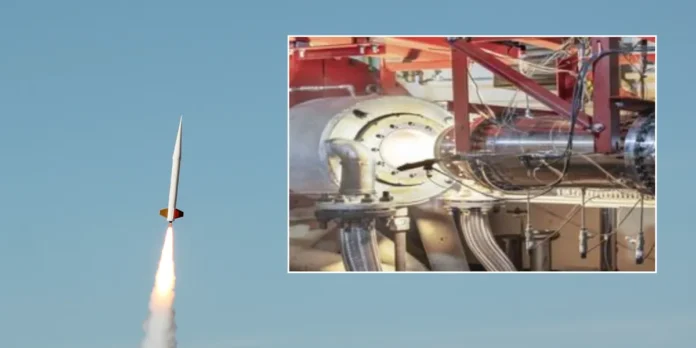British defence scientists have hit a pivotal milestone in the race for hypersonic weapons, successfully completing an intensive propulsion test programme in the United States that could reshape the future of warfare.
The testing, carried out at NASA’s Langley Research Centre in Virginia, saw 233 successful runs of a high-speed propulsion system designed for a next-generation hypersonic cruise missile, one capable of travelling at several thousand miles per hour.
Led by the UK’s Defence Science and Technology Laboratory (Dstl) in partnership with the US Air Force Research Laboratory (AFRL), the trials form a cornerstone of the UK’s rapidly accelerating Hypersonic Weapons Programme. This initiative aims to deliver a fully operational hypersonic technology demonstrator by 2030, under the Ministry of Defence’s Team Hypersonics (UK) project.
The engine at the centre of the breakthrough is an air-breathing propulsion system, which offers extended range and speed capabilities far beyond traditional rockets. The tests spanned a wide range of flight conditions, from supersonic to hypersonic speeds, allowing the team to gather critical performance data and confirm the robustness of the engine design.
Over a six-week period, British and American scientists worked in real-time to refine design aspects and optimise the engine’s propulsive output. The trials also tested multiple design variants, ensuring adaptability and performance under future upgrades.
Crucially, the project was also backed by British industry, including UK-based SME Gas Dynamics Ltd, reinforcing the UK’s growing defence tech sector.
Speaking after the announcement, Defence Secretary John Healey MP said:
“We are living in a more dangerous world, and it has never been more important for us to innovate and stay ahead of our adversaries.
This milestone moment in hypersonics, supported by British scientists and small businesses, shows just how closely we’re working with the United States to strengthen our Armed Forces and reinforce our deterrence.”
The test programme is a key part of the UK’s commitment to defence innovation and technological superiority, especially within the AUKUS trilateral partnership, which includes the United States and Australia.
Paul Hollinshead, Chief Executive of Dstl, commented:
“This is a critical advancement in the UK’s defence capabilities and reinforces our leadership role in hypersonic weapon development. The success of these tests underlines the UK’s commitment to pushing technological boundaries.”
The announcement follows the Prime Minister’s recent confirmation of the largest sustained increase in UK defence spending since the Cold War, part of a wider Plan for Change that prioritises national security and future-proofing the British military.
With this achievement, Britain has firmly positioned itself as a key player in the hypersonic weapons arena, where speed, precision, and strategic reach will define the battlefields of tomorrow.
















